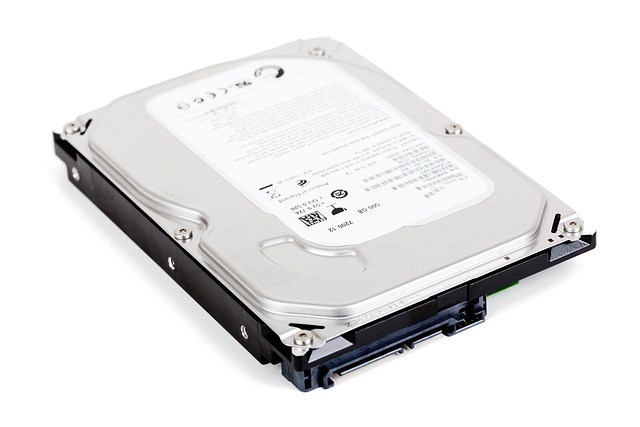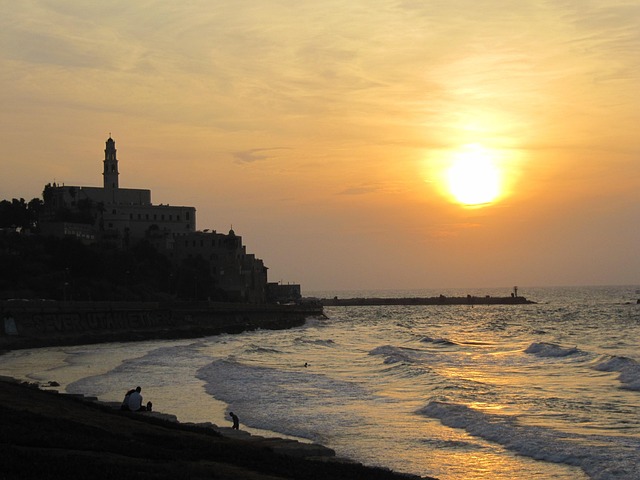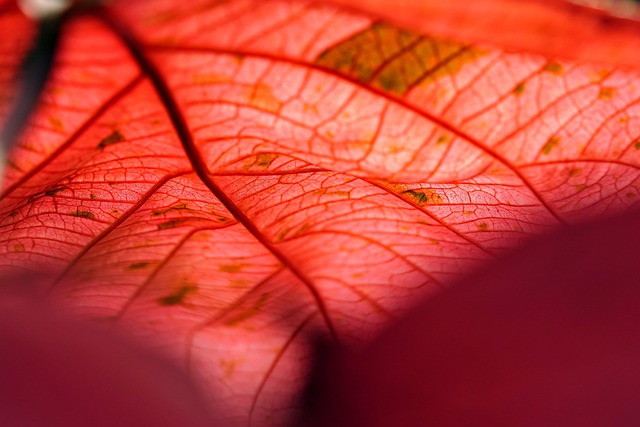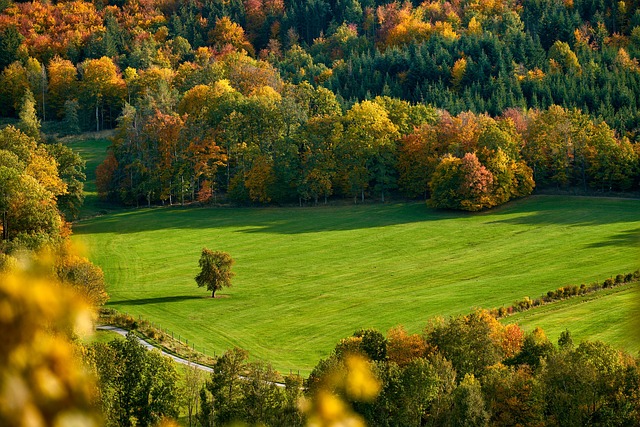
Pakistan's GDP: A Journey Through Time
Pakistan's economy has undergone significant transformations since its inception in 1947. Initially, the country was primarily agrarian, with a whopping 53% of its GDP coming from agriculture. This reliance on farming was not just a statistic; it reflected the livelihoods of approximately 65% of the labor force, who were deeply engaged in agricultural activities. 🌾
As the nation grew, so did its economic landscape. By the late 1940s, Pakistan was beginning to explore industrialization, albeit slowly. In the fiscal year of 1949–50, the national savings rate stood at just 2%, with a foreign savings rate also at 2%. Investment was modest, at 4%, and manufacturing contributed around 7.8% to the GDP. The remaining sectors, including services and trade, accounted for a significant 39%, indicating a budding interest in import-substituting industrialization.
Economic Growth in the 1960s
The 1960s marked a pivotal decade for Pakistan's economy. The country experienced an impressive average annual GDP growth rate of 6.7%, showcasing its potential for development. This growth was not without its challenges, but it did lead to a notable decrease in poverty incidence, which dropped to 46% by the fiscal year 1969–70. The per capita GNP was recorded at Rs. 504 in West Pakistan, reflecting the economic disparities that existed within the country.
Challenges and Opportunities
Despite the promising growth, Pakistan faced numerous challenges, especially with rising import costs due to global economic shifts, such as the oil price shock. These factors put a strain on the economy and highlighted the need for diversification beyond agriculture. The government began exploring various economic policies to stabilize and grow the economy further.
The Path Forward
Today, Pakistan continues to strive for a balanced economy. While agriculture remains a significant part of its GDP, there is a growing emphasis on industrialization and services. The journey from an agrarian base to a more diversified economy is ongoing, and the lessons learned from the past are invaluable for shaping future policies.
In conclusion, understanding Pakistan's GDP is not just about numbers; it's about the stories of the people behind those figures and the ongoing journey toward economic resilience and growth. 🌍

















 Discover the Magic of Birefringence by ILNP
Discover the Magic of Birefringence by ILNP 
 Health
Health  Fitness
Fitness  Lifestyle
Lifestyle  Tech
Tech  Travel
Travel  Food
Food  Education
Education  Parenting
Parenting  Career & Work
Career & Work  Hobbies
Hobbies  Wellness
Wellness  Beauty
Beauty  Cars
Cars  Art
Art  Science
Science  Culture
Culture  Books
Books  Music
Music  Movies
Movies  Gaming
Gaming  Sports
Sports  Nature
Nature  Home & Garden
Home & Garden  Business & Finance
Business & Finance  Relationships
Relationships  Pets
Pets  Shopping
Shopping  Mindset & Inspiration
Mindset & Inspiration  Environment
Environment  Gadgets
Gadgets  Politics
Politics 